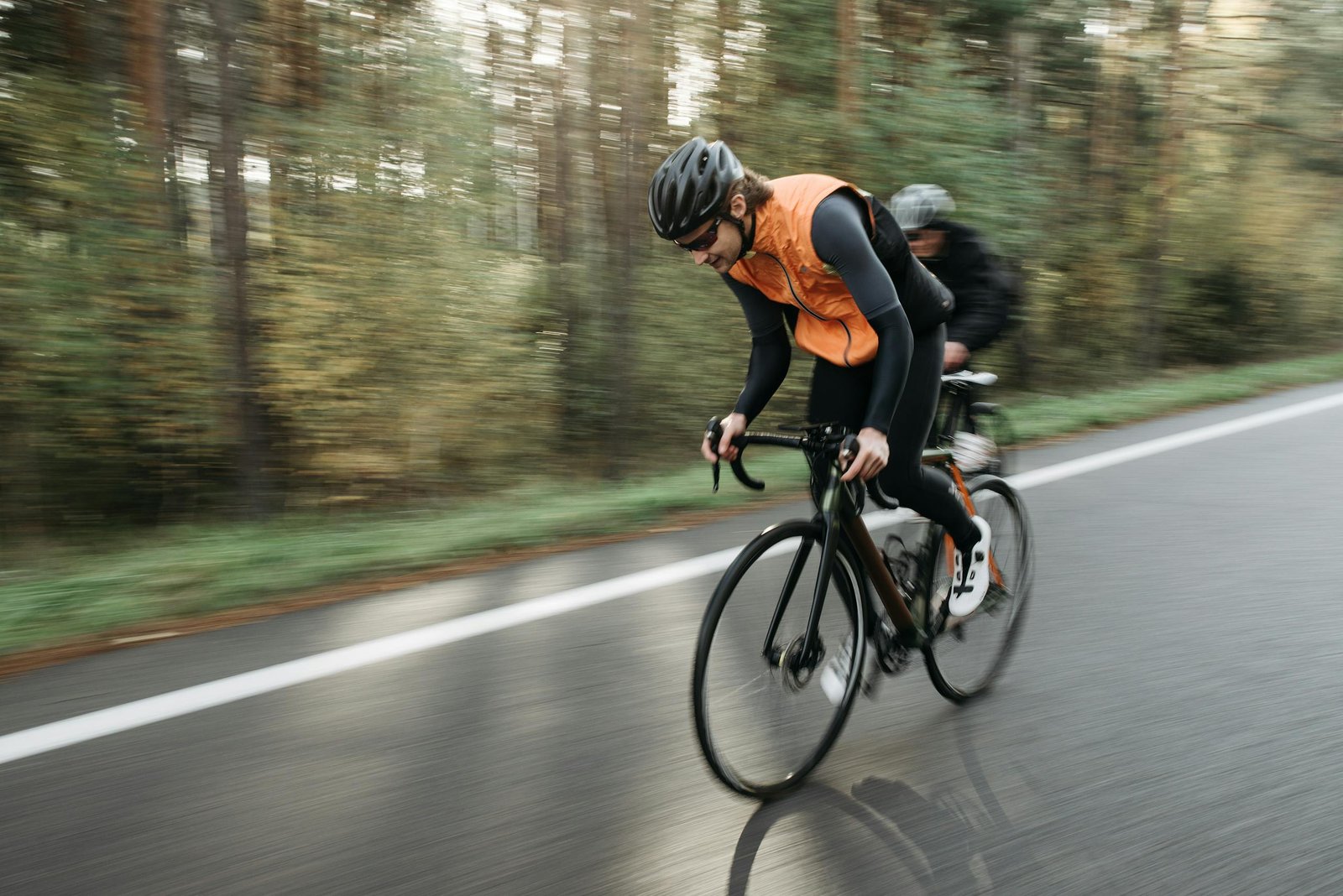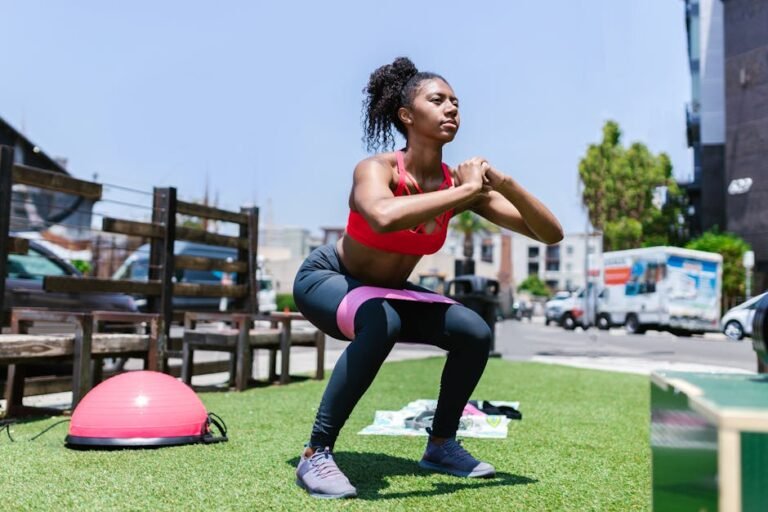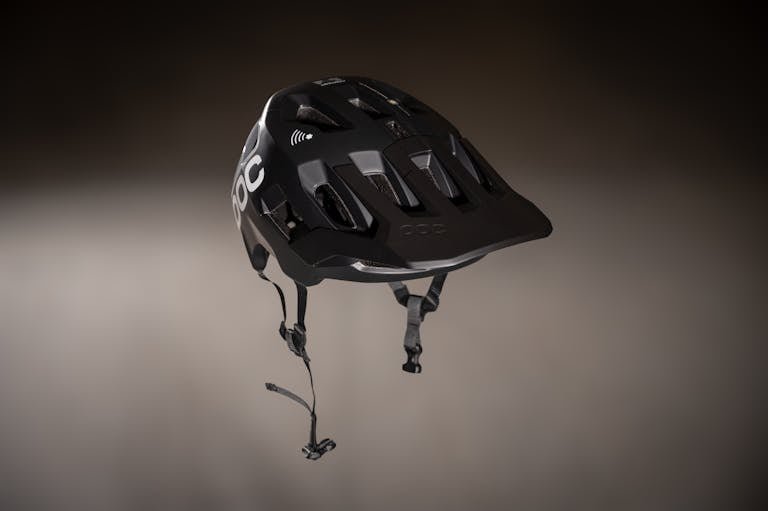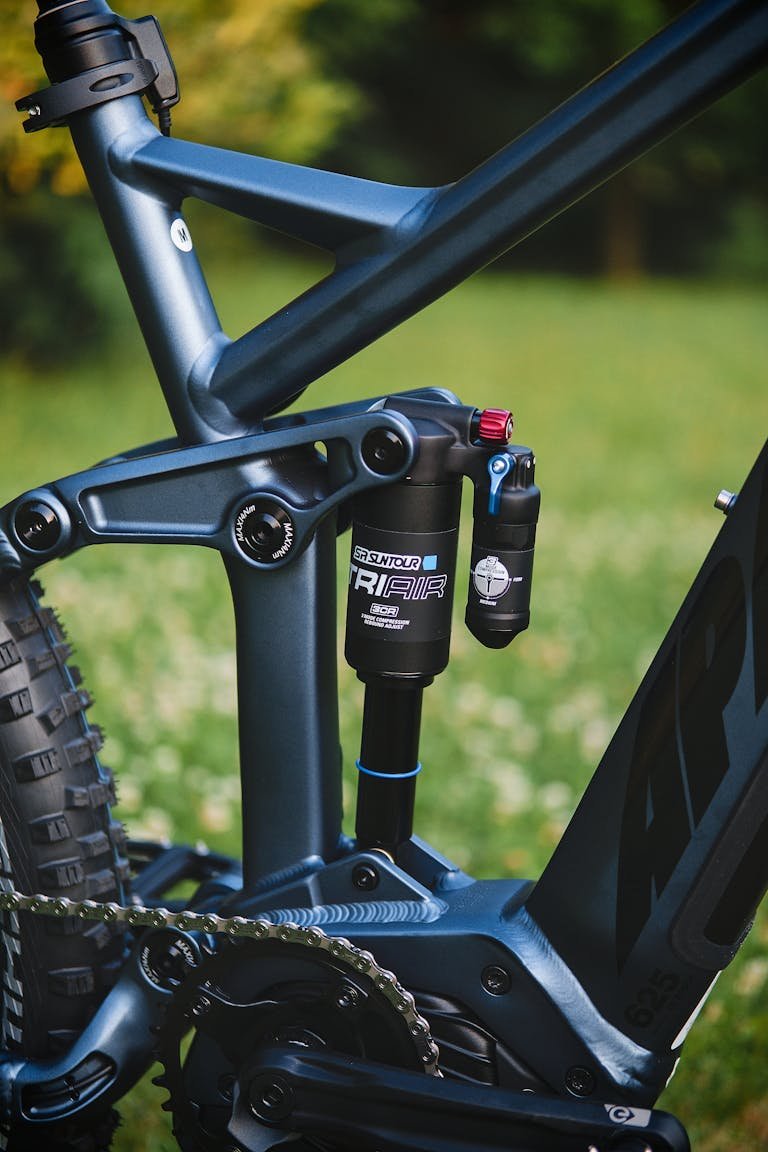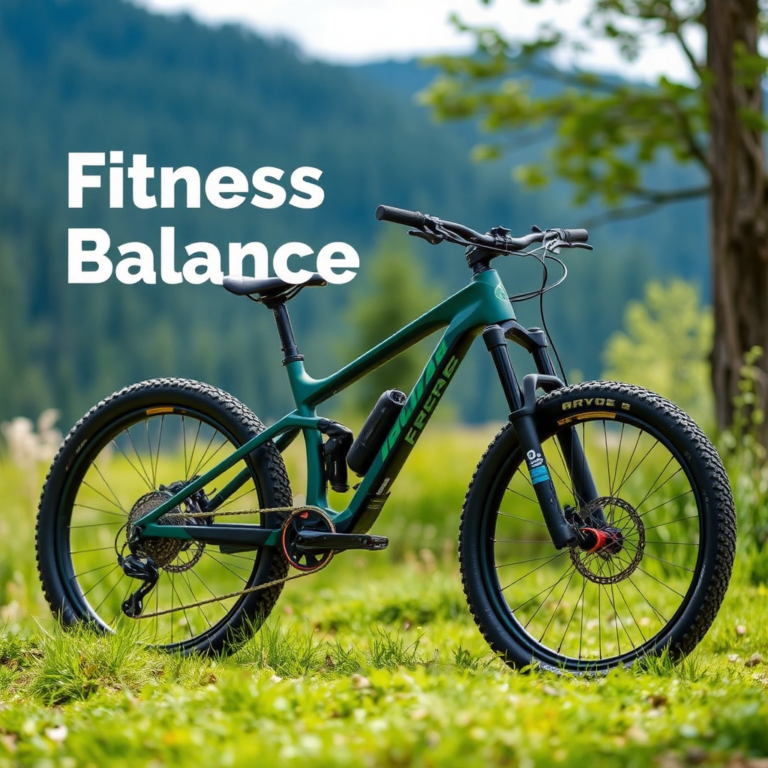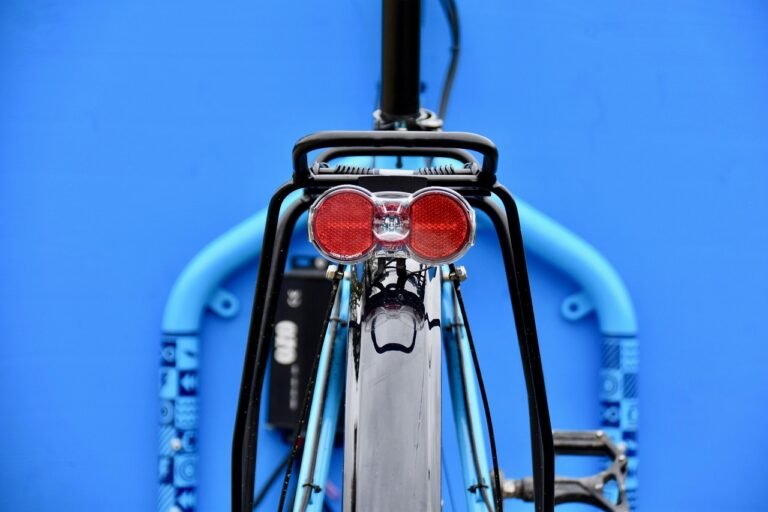How to Improve Cycling Endurance in 2025: 5 Proven Strategies for Cyclists
Want to crush your next long ride or find out how to improve cycling endurance? Improving your cycling endurance is the key to turning those goals into reality! In 2025, cyclists are taking training to the next level with smarter plans, better nutrition, and effective recovery techniques.
Whether you’re gearing up for a century ride or just aiming to ride farther with ease, these five strategies will help you pedal stronger and longer. Let’s dive in and supercharge your cycling stamina!
How to Improve Cycling Endurance Steps:
1. Build a Strong Foundation with Base Training
What is Base Training and Why It Matters for Endurance
Base training is like the unsung hero of cycling endurance. It’s all about building a solid aerobic foundation before jumping into those intense workouts or races.
Think of it as laying down the concrete before constructing a house. Without it, your endurance can crumble under pressure. During this phase, you focus on long, steady, low-intensity rides that teach your body to efficiently use oxygen and burn fat for fuel.
For me, skipping base training meant I was probably going to be hitting a wall (literally and figuratively) during a long ride—Won’t make that mistake again.
When done right, base training sets you up for sustainable progress. Your heart becomes more efficient, your muscles get better at storing glycogen, and you feel less gassed after longer rides. Sure, it takes patience (it’s not as flashy as sprinting up hills), but trust me, the payoff is worth it.

Recommended Weekly Mileage for Different Experience Levels
Your weekly mileage depends on your current fitness level and goals. For beginners, aim for 50-100 miles spread across 3-4 rides per week.
Intermediate riders can push this to 150-200 miles, while advanced cyclists might clock 250 miles or more. The key is to ramp up gradually. Adding too much too soon is a recipe for burnout or injury.
Stick to a 10% increase in mileage per week, max.
The Role of Low-Intensity Rides in Building Aerobic Capacity
Low-intensity rides might sound boring, but they’re magic for building endurance. These are rides where you can comfortably hold a conversation without gasping for air.
They’re usually done at 55-75% of your max heart rate. On these rides, your body focuses on aerobic energy production, improving efficiency over time. Plus, they’re mentally refreshing!
I’ll admit, I’ve been tempted to push harder on these rides, but when I stick to the plan, my endurance always improves.
2. Incorporate Long Rides into Your Routine
How to Gradually Increase Your Long Ride Distances
Long rides are the backbone of endurance training, but you can’t just jump into a 60-miler if your longest ride has been 20 miles. Start by adding 10-15% to your longest ride each week.
So, if you’re at 20 miles now, aim for 22-23 miles next week. Don’t try to double your distance in one go, you’ll ended up limping home with cramps. Slow and steady wins the race here.
Tips for Pacing Yourself During Long Rides
Pacing is everything on long rides. I’ve found it’s best to start slower than you think you need to. If you’re using a power meter, aim for 60-70% of your FTP (functional threshold power).
No power meter? Use perceived effort—you should feel like you can sustain the pace all day. I’ve burnt out on rides because I went too hard early on; it’s not fun crawling up hills wishing for an invisible tow rope.
Essential Preparation for Extended Cycling Sessions
Preparation can make or break a long ride. Double-check your gear: a flat kit, plenty of water, snacks, and proper clothing. Map out your route and let someone know your plans—safety first.
I also like to eat a carb-heavy meal the night before and have a small snack about 30 minutes before the ride.
3. Focus on Nutrition and Hydration
Importance of Fueling Before, During, and After Rides
Fueling is non-negotiable if you’re serious about endurance. Before a ride, prioritize complex carbs like oatmeal or whole-grain toast to provide steady energy.
During rides longer than an hour, aim for 30-60 grams of carbs per hour—think energy gels, bananas, or even gummy bears (a personal favorite).
Post-ride, focus on a 3:1 carb-to-protein ratio to replenish glycogen and aid muscle recovery. I didn’t take post-ride nutrition and hydration seriously once and paid for it with cramps in my legs that wouldn’t quit.

Top Foods and Supplements to Support Cycling Endurance
When it comes to endurance, food is fuel. My go-tos include sweet potatoes, quinoa, and lean proteins like chicken or fish. For supplements, consider electrolytes for hydration and muscle recovery.
Caffeine gels can give you a mid-ride boost, but don’t overdo it unless you enjoy the jitters. I’ve also found omega-3s helpful for reducing inflammation after tough sessions.
Staying Hydrated: Water and Electrolyte Tips
Hydration is more than just chugging water. You lose key electrolytes like sodium and potassium when you sweat, so it’s important to replenish them.
Aim for a mix of water and electrolyte drinks—usually one bottle of each per hour during rides. Overhydrating with plain water can lead to hyponatremia, this is a condition where the level of sodium in your blood is abnormally low. Feel free to check out the Mayo clinic for more info on this condition.
4. Strength Train for Cycling Power
How Strength Training Enhances Stamina and Prevents Injury
Strength training isn’t just for bodybuilders. For cyclists, it builds muscle endurance, improves pedaling efficiency, and reduces injury risk.
After adding squats and lunges to my routine, I noticed a big difference in my climbing ability and overall stamina. Plus, it’s a great way to shake up your training and avoid monotony.
Best Exercises for Cyclists: Squats, Deadlifts, and Planks
Focus on compound movements that mimic cycling mechanics. Squats and deadlifts build powerful legs and glutes, while planks strengthen your core for better stability on the bike.
Don’t forget single-leg exercises like step-ups to address imbalances.
How to Integrate Strength Training Into Your Routine
Timing is key. Plan strength sessions on rest days or after short, low-intensity rides. Avoid heavy lifting right before a hard cycling workout—your legs will thank you. I’ve found that two sessions a week strike a good balance without overloading your schedule.
5. Prioritize Rest and Recovery
The Impact of Proper Rest on Performance
Rest isn’t a luxury—it’s a necessity. During rest, your body repairs muscle tissue and adapts to training stress. Without it, you risk overtraining, which can tank your performance.

I’ve been there, riding every day and wondering why I felt so sluggish.
Lesson learned: schedule at least one full rest day per week.
Recovery Rides and Their Benefits
Recovery rides are an active way to promote blood flow and flush out metabolic waste. Keep them super easy—like, embarrassingly easy. A pace where you feel like you’re barely working.
I used to think recovery rides were pointless until I started doing them and noticed I felt fresher for my harder workouts.
Effective Stretching and Foam Rolling Techniques
Stretching and foam rolling can’t be ignored. Target your hamstrings, quads, calves, and hip flexors with static stretches after rides. Foam rolling helps release tight spots and improve circulation.
Final Thoughts
Cycling endurance isn’t built overnight, but with these five proven strategies, you’ll see steady progress that transforms your rides. From smart training and nutrition to recovery and strength building, every element plays a role in helping you pedal farther and stronger.
Start applying these tips today and make 2025 your most enduring cycling year yet. See you on the road!
Engage, Endure and Enjoy!
Find More Resources on Bicycles
- Smart Bike Trainers: 2024 Best Picks with Features and Benefits
- Mountain Biking for Beginners: Essential Guide to Hit the Trails in 2024
- 3 Best Mountain Bikes of 2024: Complete Buyer’s Guide & Reviews
- How Do You Adjust Bike Brakes? A Step-by-Step Guide for 2024
- Essential Mountain Bike Gear: A Complete Guide for 2024

